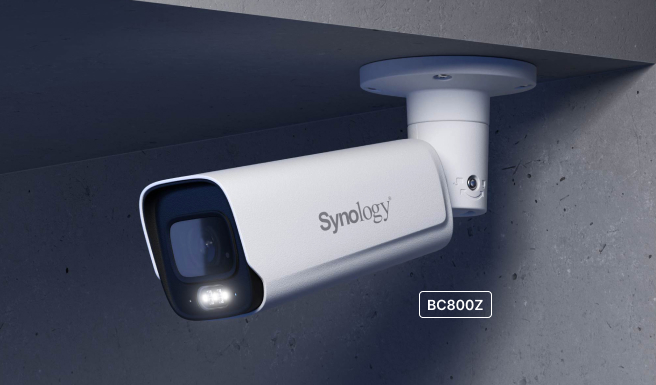Manufacturers worldwide are experiencing an unprecedented workforce crisis. In 2025, ManpowerGroup reported that up to 74% of businesses globally were unable to fill open positions, the highest level in recent years. Despite these shortages, it might seem surprising given the strong push toward automation and digital transformation. According to McKinsey, 88% of organizations report regular AI use in at least one business function, up from 78% a year earlier, yet nearly two-thirds are still experimenting or piloting and only about one-third have begun to scale AI across the enterprise.
However, not all manufacturing roles can be automated quickly or cost-effectively. Challenges such as technical skills gaps, complex tasks that still require human oversight, and the sheer cost of deploying full-scale robotics leave gaps that AI adoption alone cannot bridge. Short-term gains—crucial for maintaining productivity—often come from a source that’s sometimes overlooked: safety improvements on the shop floor.
Disruptions Are Costly
Operational disruptions, from safety incidents to security lapses, can translate into significant costs, lost output, and even reputational damage. Proactively managing safety and discipline is therefore central to upholding both production quality and operational continuity. Increasingly, large-scale production sites are implementing AI-enhanced surveillance systems, not just for traditional monitoring, but to cost-effectively enforce safety standards and policies around the clock.
One area where AI has proven especially impactful is in personal protective equipment (PPE) monitoring. For example, leading manufacturers in high-risk environments have leveraged AI-backed cameras to automatically detect whether employees are wearing required safety gear like reflective vests or helmets. This real-time detection allows supervisors to address issues before they escalate, lowering compliance risk and boosting morale.
Beyond safety compliance, operational disruptions can also arise from quality issues or missing products. Advanced surveillance helps mitigate these risks by enabling fast traceability on the production line. For example, with Synology cameras that support built-in QR code scanning, a factory can link recorded video directly to individual product boxes. If a quality issue or missing item is reported after shipment, the system allows teams to quickly identify the exact assembly line and staff involved. These insights accelerate troubleshooting, strengthen accountability, and ultimately help increase throughput on the production floor. Combined with Synology’s management and automation tools, these capabilities help manufacturers resolve issues faster and prevent disruptions that would otherwise lead to costly losses.
Smarter Automation
Disruption in manufacturing doesn’t just occur on the production line; it often begins at a facility’s perimeter or in high-traffic areas like loading docks, shipping bays, or staff common areas. Threats such as vehicle theft, unauthorized entry, and congestion can all lead to costly delays and security risks.
By combining multiple AI capabilities such as vehicle detection, automated license plate recognition (LPR), capacity counting, and facial recognition, manufacturers can enhance both security and efficiency, often without the need to grow headcount or create new bottlenecks at manual checkpoints.
A related example is Stadium MK, a 30,000-seat venue in the UK, which uses Synology’s Surveillance Station platform to automate people counting and congestion analysis across its multiple entry points. This real-time monitoring allows the stadium to optimize staffing, dynamically manage crowd flow, and maintain safety compliance at scales far exceeding manual methods. Effective crowd management can easily translate to busy manufacturing environments, particularly during shift changes or peak operational hours.
Carefully tuned policies and automation enable real-time entry control and congestion management, allowing manufacturers to optimize staffing, streamline workflow, and improve overall operational efficiency with Synology’s AI-powered surveillance.
Next-Gen Surveillance Prioritizes Safety
Recent advances in edge- and cloud-based AI mean today’s surveillance cameras and their platforms are more capable than ever. In addition to motion/intrusion detection and people/vehicle recognition, newer systems are capable of looking out for added risks like fire or smoke, PPE compliance, firearms, and even behaviors like falling.
Manufacturers adopting real‑time, AI‑assisted safety monitoring are seeing tangible reductions in incidents and disruptions. According to the World Economic Forum, food packaging plants report a 44% lower total recordable injury rate, while a beverage manufacturer cut high‑risk incidents by 85% within three months. Industrial sites using digital safety tools have similarly seen a 24% drop in recordable injuries, along with thousands of proactive fixes enabled through near‑miss detection. To put these numbers in context, U.S. manufacturing (NAICS 31–33) recorded 326,400 nonfatal injuries in 2023, according to the U.S. Bureau of Labor Statistics. Meanwhile, the manufacturing sector recorded 391 fatalities in 2023, according to Manufacturing Dive’s summary of BLS data.
Recognizing this, Synology’s Surveillance Station VMS platform enables manufacturers to deploy advanced monitoring and security tailored to any environment. With robust support for 3rd party cameras, open API access, and support for third-party AI analytics, Synology solutions can easily integrate with existing infrastructure and automation strategies. The platform’s capabilities can be further extended by new camera models such as the Synology BC800Z, which features onboard AI detection profiles for smoke, license plates, people and vehicle recognition, and occupancy monitoring. This holistic approach helps manufacturers respond quickly to evolving risks while supporting smarter, safer, and more efficient operations.
- Learn more about Synology’s Surveillance Station VMS platform
- Learn more about Synology’s privacy and security-focused cameras

